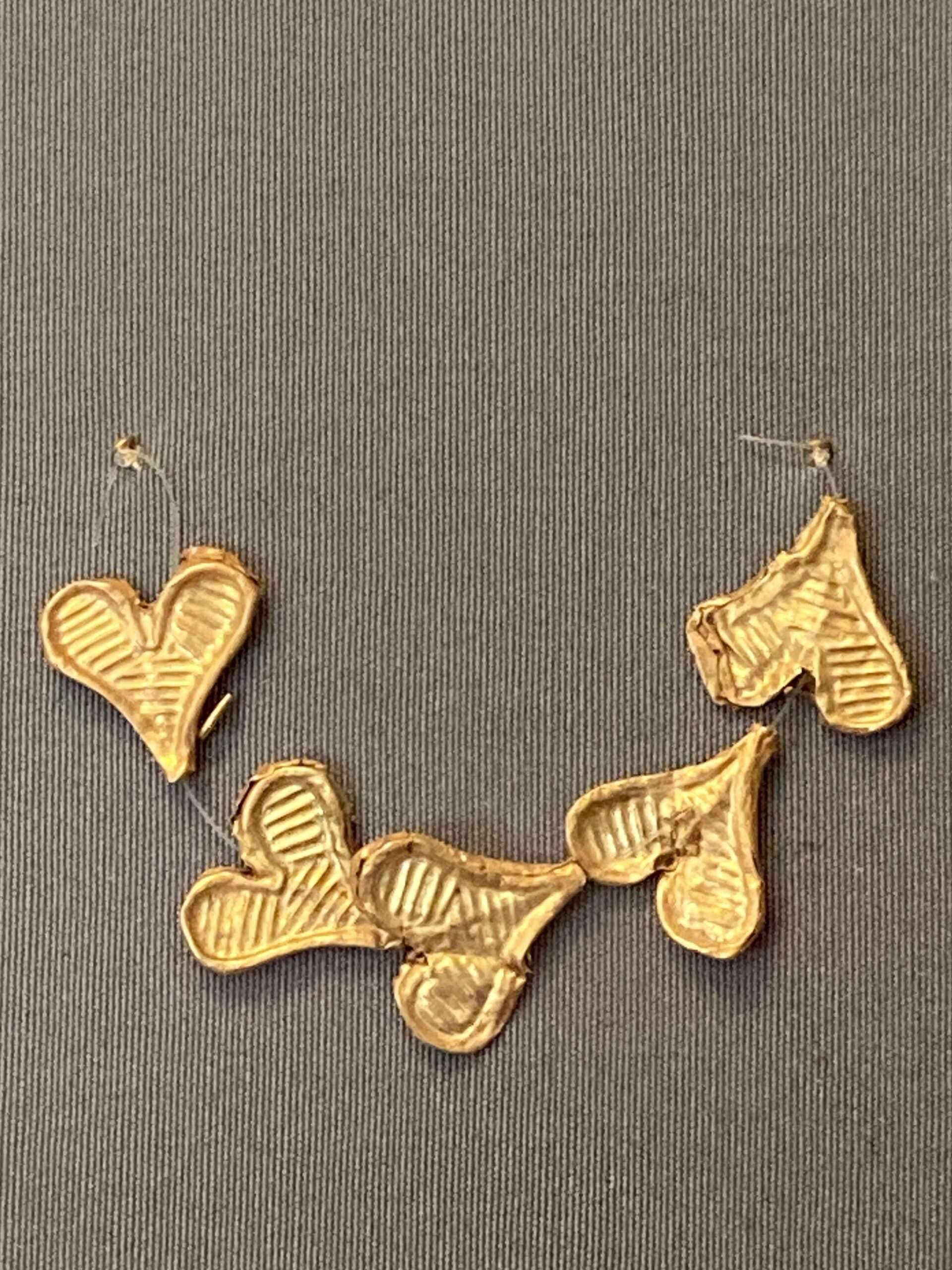On July 8, we visited a beautiful Temple in Hardwar (or Haridwar, spelled two ways). The entire temple is intricately carved of stone and is incredibly beautiful. In fact , the most beautiful temples in India are the Jain temples.
Jains practice extreme non-violence. They often wear gauze over their mouth and nose so as not to inadvertently swallow a gnat or a living creature. The Jains are, in general, a very rich class of people, businessmen by caste. This explains the beautiful temples and all the detail in the stone work and the precious gems used on the interior floors, walls, and ceilings. The Silk Road was also built by the Jains.
When discussing caste, we see that the Brahmans, whose color is white, are important in Buddhism. The color of the Warrior Caste is Red (Arvind’s caste). And there is the Business Caste whose color is yellow. The Business Caste is important to Jainism.
Jainism started in 553 BC, about 20 years before Buddhism. Jainism arose out of a dislike of money collecting at Hindu temples. Jainism, Buddhism, and Sikhism all broke away from Hinduism but all 4 have the common goal of liberation from the endless cycle of rebirth.
We were not allowed to take photos inside the temple. Too bad because there was the most beautiful piece of artwork displaying the chakras and there was beautiful precious and semi-precious stone inlay art work. The floors were mosaic artwork covered in gems! The stones used on the mandala inlay artwork on the floors, walls, and ceilings of the temple are lapis lazuli, garnet, jade, carnelian, mother of pearl, and topaz.
Every temple in India (Jain as well as Hindu temples) depict art showing the Purushartha (The Principles of Life) which include:
- Dharma: way of living, live and let others live, live a life of satya (truthfulness) ahimsa (non violence)
- Artha: Prosperity, contemporary activities such as dancing (see dancer below)
- Kaam: Love, affection, sex, marriage
- Moksha: Liberation, getting out of the unending cycle of birth and death
Here are some of the images I photographed from the exterior of the temple.
A conch:
The Elephant is a symbol of prosperity:
May look like frilly art work on stone, but these are Makara or Crocodiles:
We attended a wonderful lecture by Professor N.M.P. Tiwari in Varanasi who really helped me understand the artwork and symbolism of the temples in India. At the end of Dr. Tiwari’s s lecture, he wished us “Peace of Mind, Peace of Family, Peace of Society, and Peace of the World”. I was deeply moved by this learned man. Here are some of the symbols he discussed:
- 108: In Jainism, the number 108 is especially important (so you may very well see 108 pillars inside). 12 x 9… 12 represents the zodiac signs and 9 represents the planets. The mala has 108 beads.
- Mandala: Represents cosmic wholeness.
- Lotus: symbol of purity. The lotus flower blossoms from the mud and yet never touches mud. It is associated with Kundalini energy, our spiritual energy. This is the most important flower in Indian religions and is seen all over the Jain temples . It is India’s national flower.
- Deer: Important in Jainism and Buddhism. Symbol of Peace because deer live in harmony.
- Light (Prakash) and Music (Dhwani). Light is wisdom and enlightenment and is offered to the gods. Light represents illumination of individuals. Music is the symbol for happiness.
- Demons: represent the interior of all of us, the part that must be overcome
- Elements (Earth, Water, Fire, Air, Ether or Space) Temples are microcosms of the world. They generally have 5 Pillars which represent the 5 elements of the world which are present in each person.
- Roaring Lions: represent the might of spiritual rulers. They represent Peace, non violence. And in Buddhism, lions represent wisdom and awakening
- Two Pillars outside the temple doors represent two rivers: The Yamuna and the Ganga. These two rivers are goddesses who carry water and a pitcher to purify the person entering sacred ground. Yamuna is the river and goddess representing Purity of mind and heart. Ganga is the river and goddess representing Devotion and a heart filled with devotion (Bhakti) and love of God and loss of self ego.
Temple art integrates humans and the divine via layers of beautiful art that is rich with symbolism. I actually experienced a deep sense of serenity and peace inside the temples if India.













